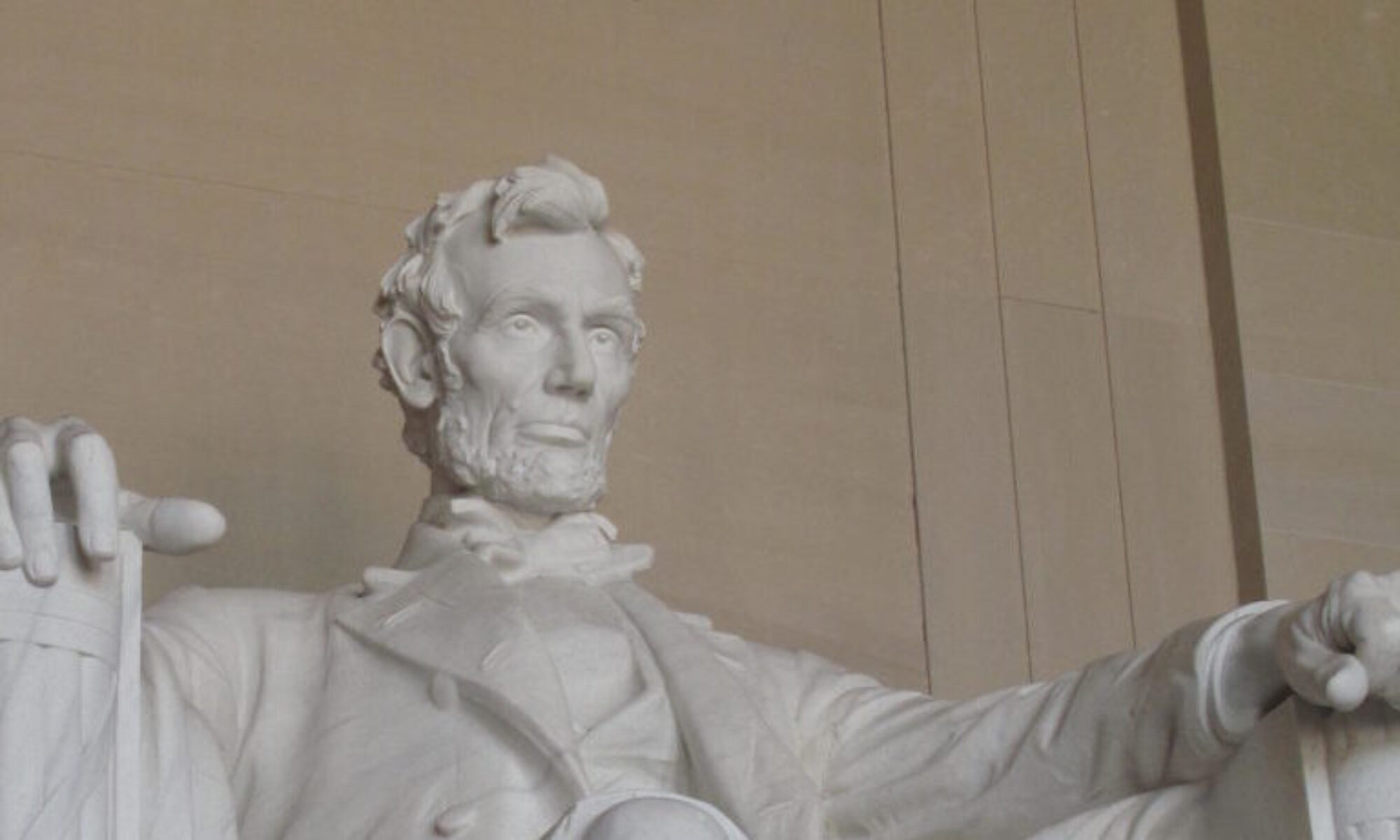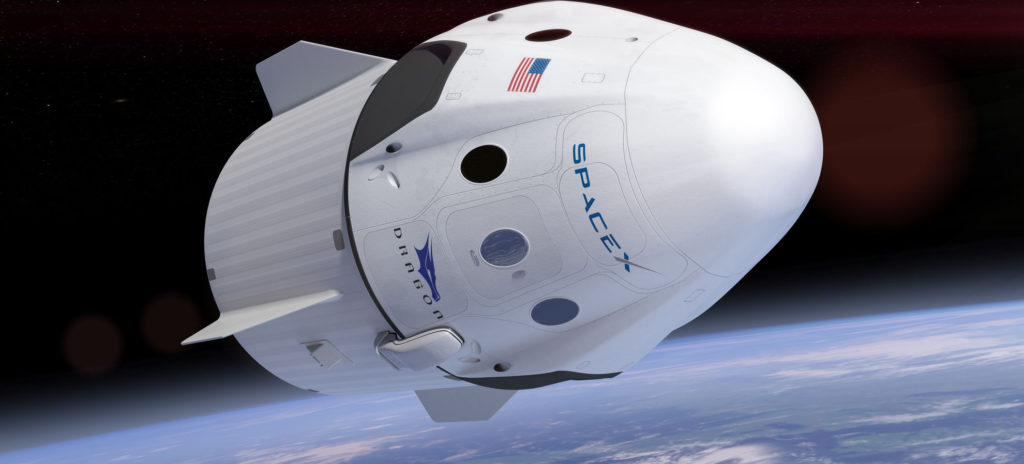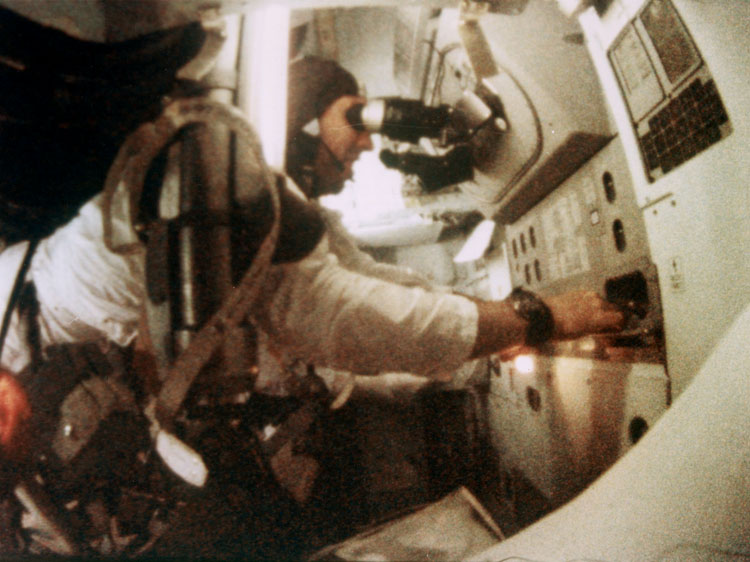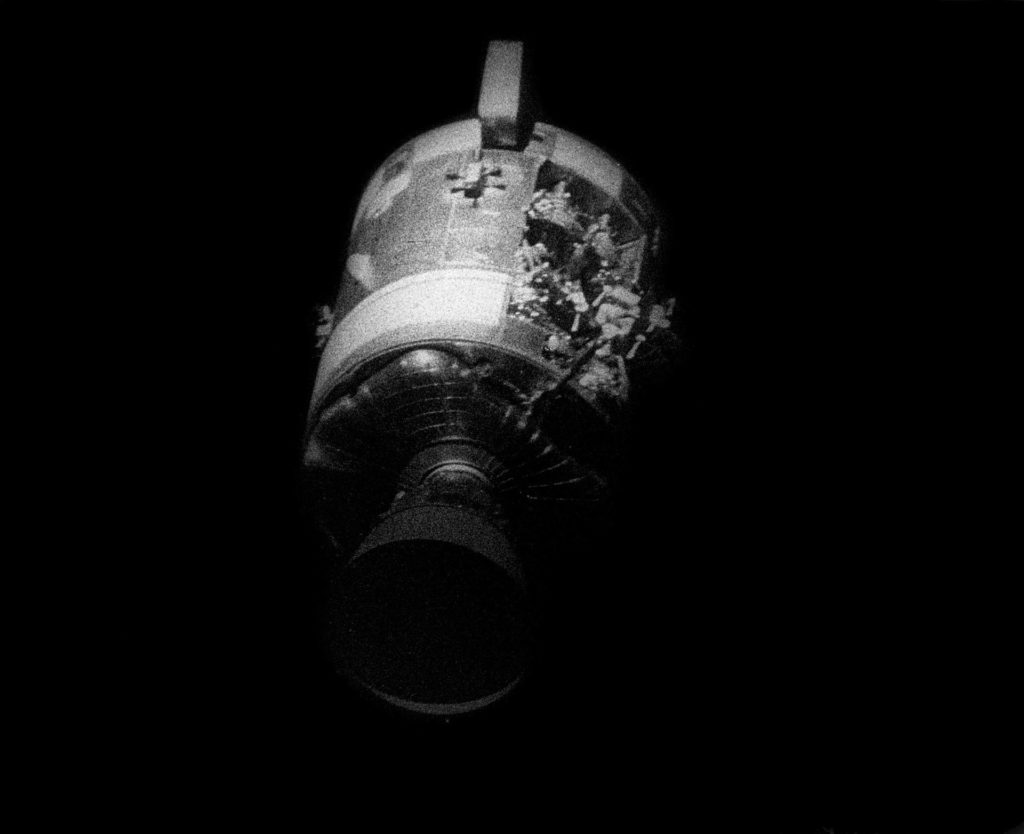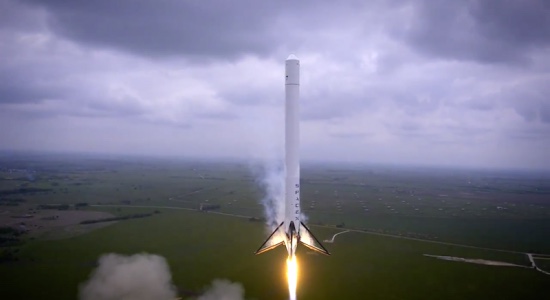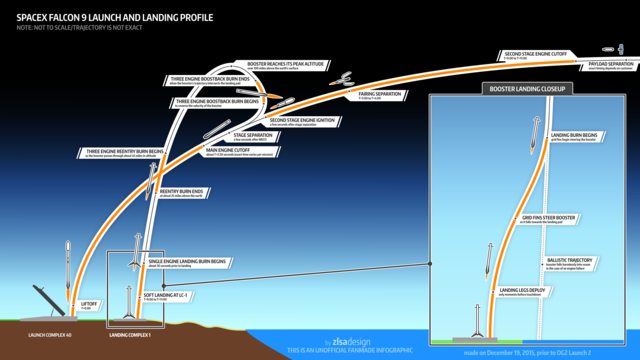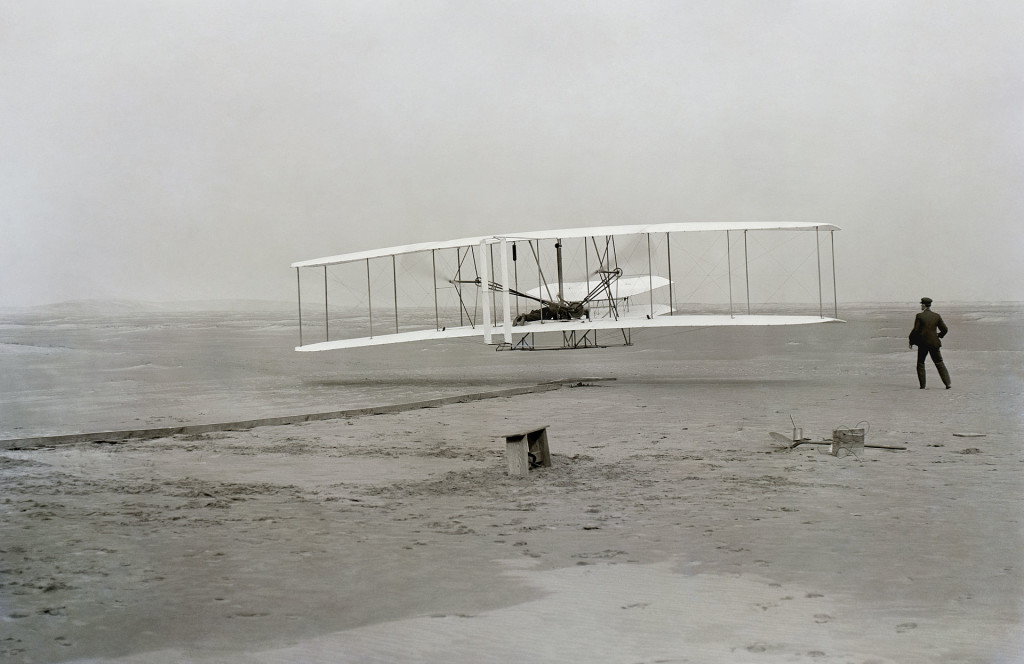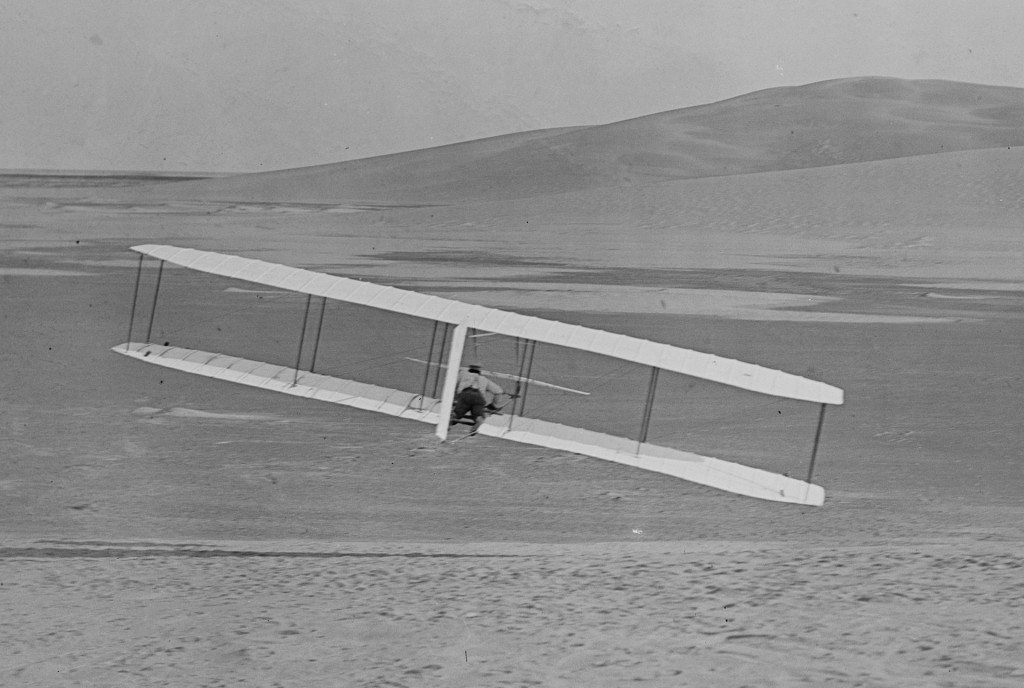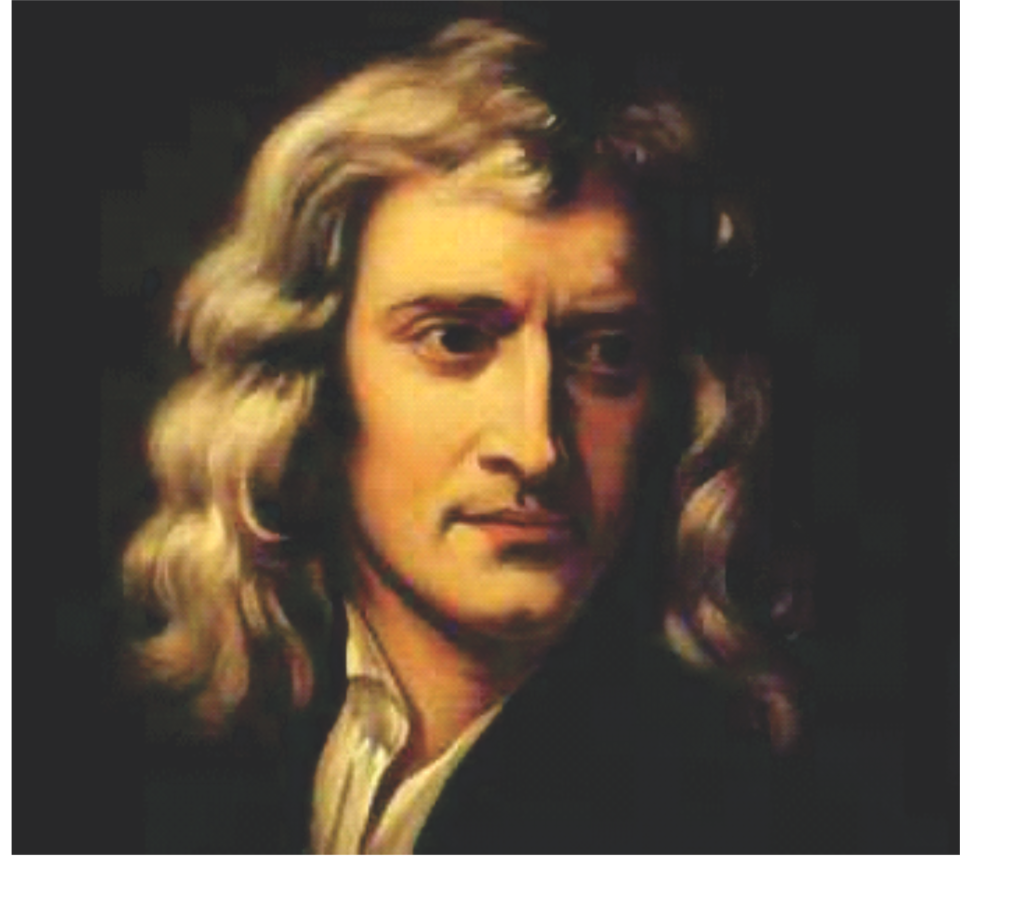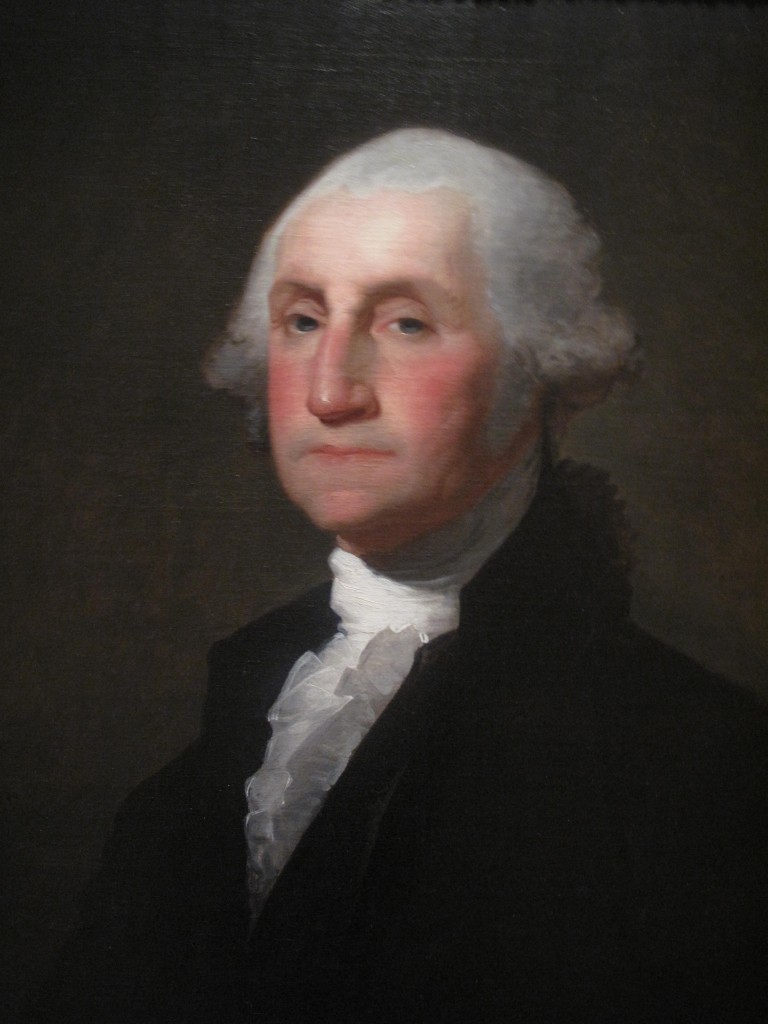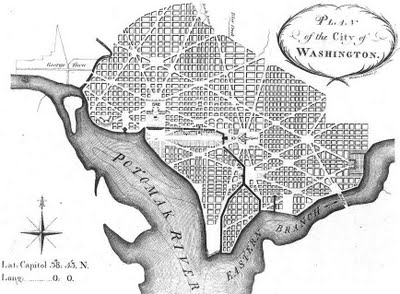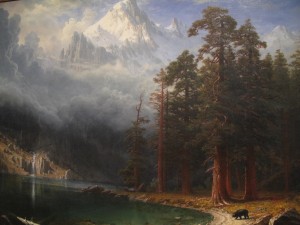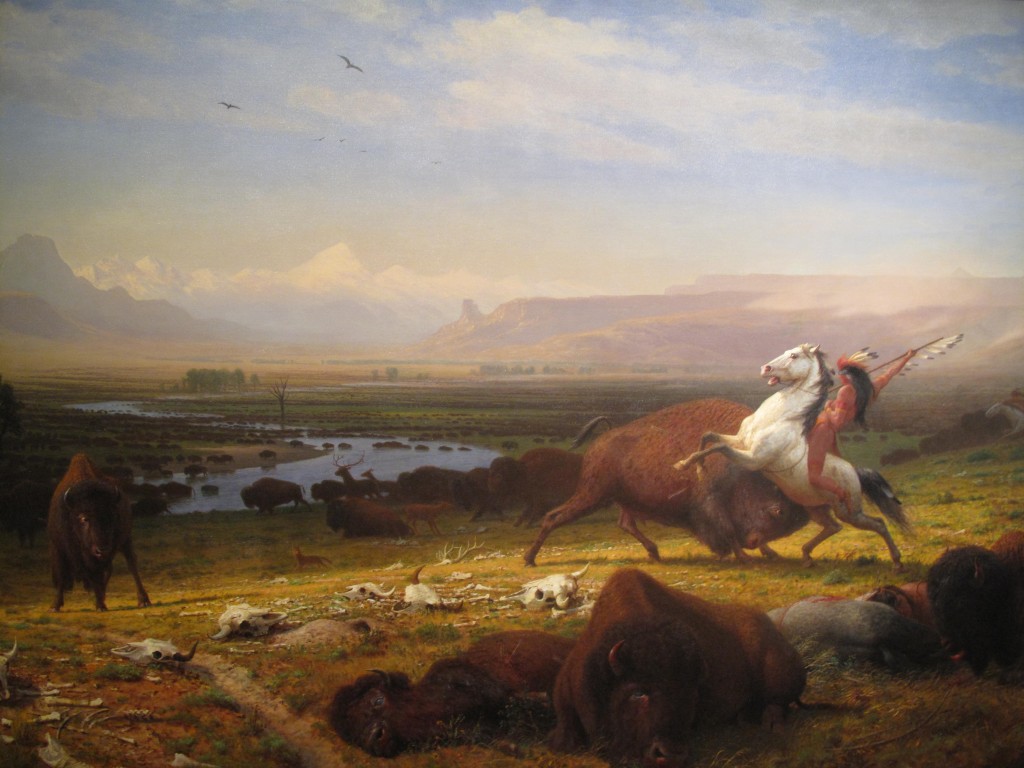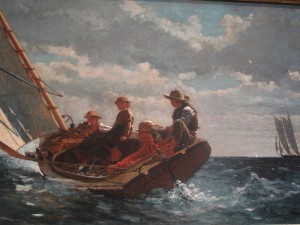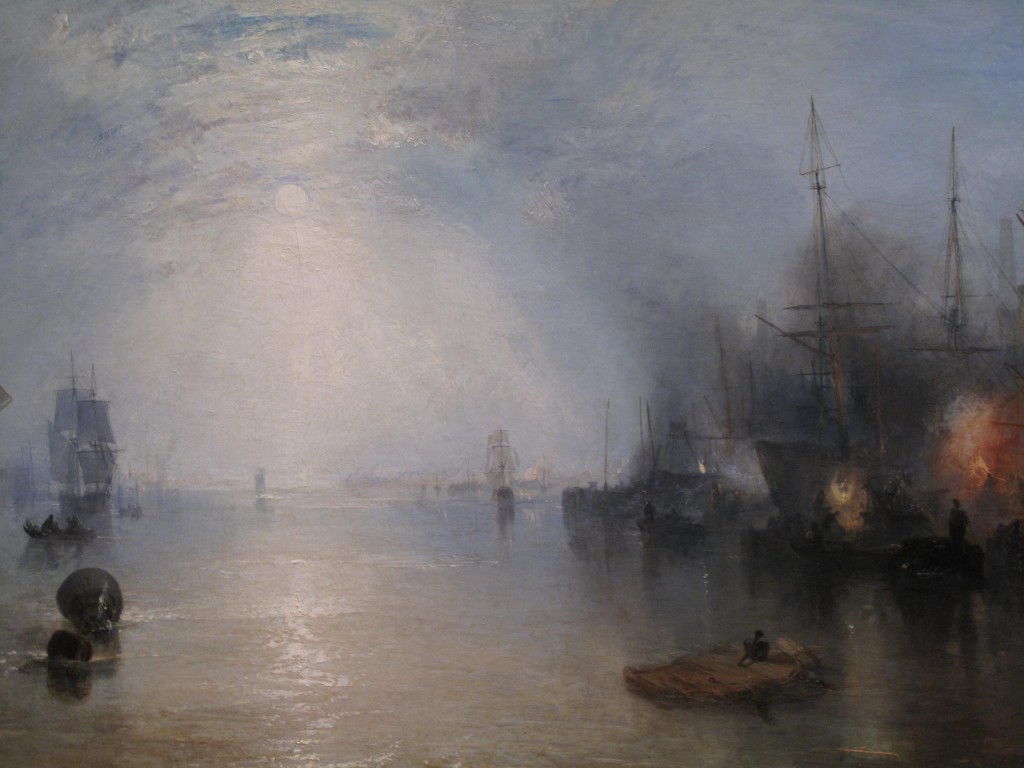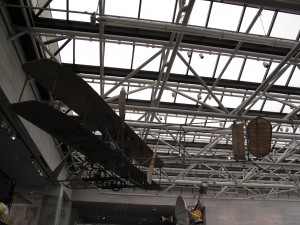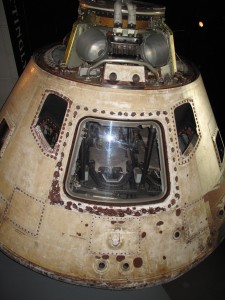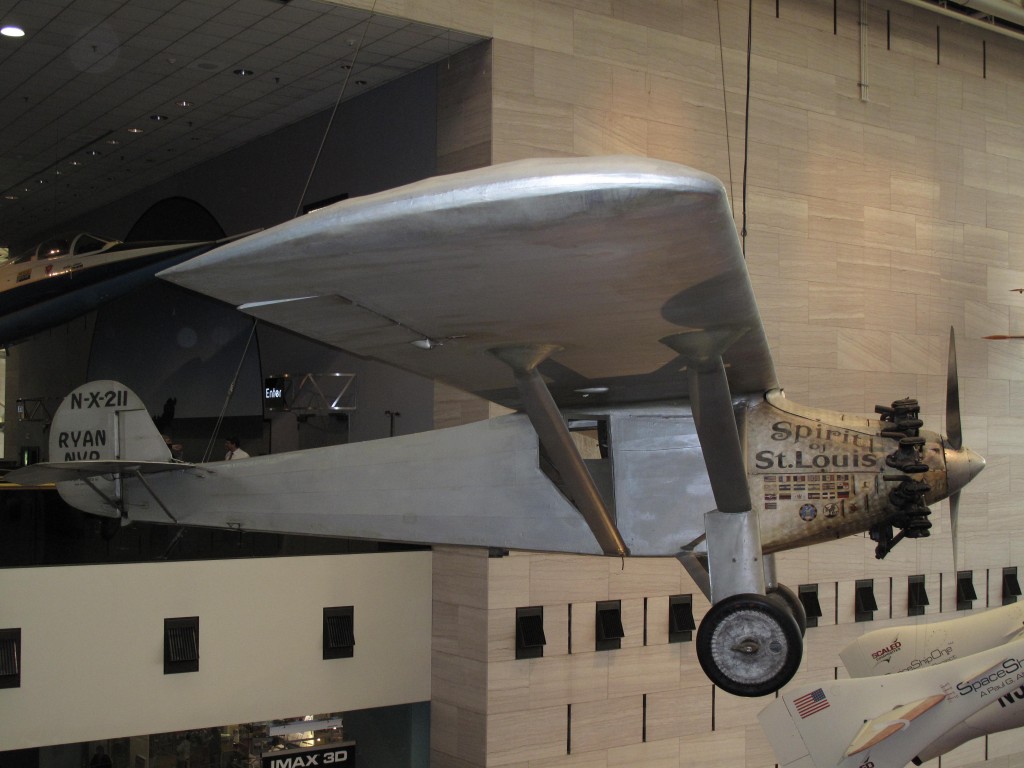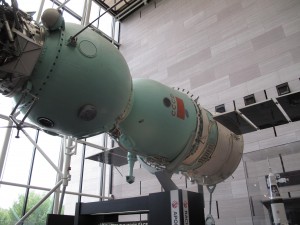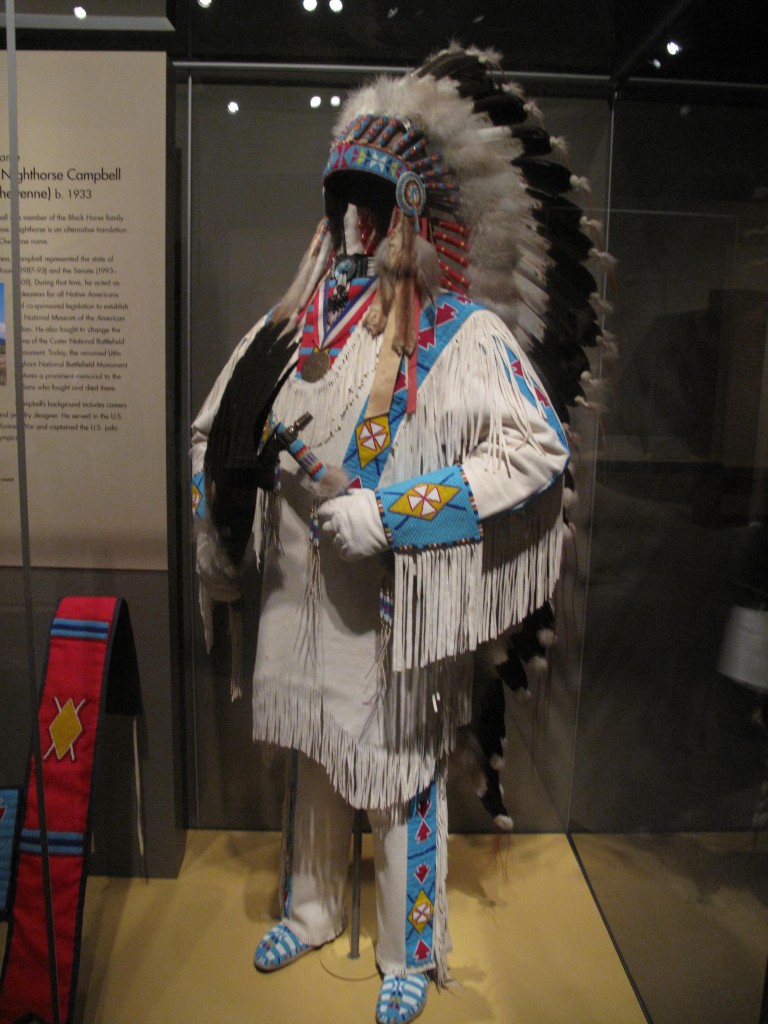It’s not particularly a good time for assessing the legacy of President Barack Hussein Obama. The ever developing story of his administration’s corruptive efforts to first prevent, and eventually, as they felt impelled to protect their legacy, to disable the administration of his successor President Trump is not exactly going to shine historical glory upon him or his crew. Given the number of sleazy and potentially criminal acts, some in the inner circle are at risk of having to write their memoirs from a jail cell. The mainstream press, that coated their devotion to President Obama beneath the absurd cover story that the administration was “scandal free”, now labors to dismiss the actions and revealed facts that may point instead to the worst political scandal in American history, an attempt at an orchestrated coup. Obama’s disdain for the populist Trump heralded a magnum opus in the Obama Administration’s repetitive pattern to use and abuse the power of multiple agencies to intimidate and subvert their opponents’ ability to resist or defeat Obama’s progressive agenda. No amount of positives will overcome the negative effect on legacy this core corruption will reflect.
That said, one seemingly contrarian decision in 2010 by President Obama to eliminate monopolistic government control and the massively expensive and suffocating bureaucracy accompanying it is producing spectacular dividends and will likely project a positive American story for decades to come. Reviewing the American space program, President Obama cancelled the Constellation program, designed as a manned flight successor to the space shuttle, and determined to leave both the innovation and the risks of manned flight away from the bloated NASA agency and into the hands of fledgling private companies. The decision was met with howls of derision from both within the NASA community and the halls of Congress, so intensely wedded to the distant successes of NASA and the myth that the challenges of manned flight were “too big” for private companies to take on. It is not clear that President Obama recognized anything more than that the Constellation program would spend billions and billions over budget, and he had other more pressing uses for that money in other governmental bureaucracies. Regardless of the motives, the decision by Obama to redirect space toward private enterprise has brought incredible results, innovation, and on May 27, 2020, the first attempt since the last shuttle flight in 2011 to return Americans to space on a bonafide American craft. If all goes according to plan, Space X’s Crew Dragon spacecraft, propelled atop the Falcon 9 reusable rocket, will transport Astronauts Robert Behnken and Doug Hurley on a mission to the International Space Station, safely deliver them, then autonomously return to Earth. So will begin the return of America to manned space flight, and this time, with multiple private enterprise competitors and massive projected commercial interest, a permanent and uninterrupted place in space travel.
The commercial angle is of course at the heart of the future permanence of space flight. The enormous success of the American Apollo program to develop a reproducible craft for Moon exploration held the publics’ attention, and their support for the massive public expenditure, right up to the point where it was proven feasible and subsequently reproducible. Public interest waned rapidly as six successful moon landings took place, separated by one spectacular failure in Apollo 13 that still showed the “can do” spirit. The subsequent Spacelab, Apollo Soyuz Rendezvous in Space, or the incredibly sophisticated Space Shuttles, eventually interacting with the International Space Station could hold public interest for only so long. The ominous danger of manned flight in space always lurked, and with the deaths of 14 astronauts in the Challenger and Columbia accidents, the willingness to publicly invest in the cost of linking people and spacecraft seemed unreasonable and without purpose. With the July, 2011 Atlantis Space Shuttle mission completed, America, the one time undisputed pre-eminent champion of innovation in space travel, was required to sit back and watch the Chinese develop a successful manned program aiming for the moon, and to perpetually rent at exorbitant prices, seats on the Russian Soyuz for their astronauts.
May 27, 2020 will be back to the future through the vision of an immigrant American named Elon Musk. This quirky but brilliant engineer has retrograde engineered visions of seemingly impossible concepts into multiple companies that produce plausible and potentially economically viable realities. Tesla is the realization of a mass produced reliable electric vehicle designed to outperform the gasoline engine. The Boring Company seeks to reduce urban traffic congestion while maintaining the concept and empowering freedom of individual transportation, while Hyperloop seeks to apply the speed of air travel to ground transportation. Neuralink boldly looks to cure brain injury, and with it begin an evolutionary synergy between humans and artificial intelligence. Space X was founded in 2002 by Musk to a life long existential vision of his to create a spacefaring civilization and extend humanity beyond Earth to Mars. The first challenge, the ability for a company with little means and no real experience to build an economically viable rocket, seemed impossible given the massive expenditures required for a single launch to project any reasonably sized payload into space, much less Musk’s vision for manned interplanetary flight. The then current manned platform, the Space Shuttle averaged 450 million dollars a launch. Such spectacular costs and the even more spectacular expenditures to innovate a rocket from scratch seemed beyond a private enterprise, much less most countries.
Musk is not wired to accept reality as the only option. Allowing innovation and creativity to intermingle with failure, Musk and the Space X team progressed from rocket blowouts to reusable rocket assemblies in fifteen short years, reducing the cost of transporting thousands of pounds of payload into orbit, at a 10 fold reduction in launch costs for each flight. Suddenly Space X had become a profitable enterprise and an attractive option for satellite launch. Other commercial enterprises are soon to follow, but nobody has backed up vision with success as has Elon Musk’s Space X. The United States, accepting a private enterprise competition more likely to accomplish a return to manned flight then a reliance on government budgets for their own inconsistent and exorbitantly expensive attempts, challenged Boeing and Space X to deliver on development of a safe manned space travel vehicle. Boeing, the once giant in manned space exploration, has thus far failed to deliver on a crew capsule riding atop an already available rocket. Space X has engineered a completely unique rocket assembly and crew cabin capable of reusability and autonomous flight unlike any in the world. On May 27, 2020, a successful flight will secure Space X as the new leader in mankind’s future in space.
Musk is not prepared to stop at low earth orbit. His original dream is establishment of a colony on Mars, and a safe and reproducible means of delivering economically thousands of pioneers to the planet in a yet to be developed super craft named Starship capable of transporting 100 people at a time. NASA’s directive is at least to achieve a return to the moon by 2024, and is developing its own monster rocket, the SLS, to achieve the gravitational escape velocities required to deliver people and cargo to the moon. The likelihood of a government project accomplishing this goal in any where near the timetable or remotely within budget has proven time and again beyond all realities. Currently, with a successful flight on May 27, don’t be shocked if NASA piggy backs on their new space partner to get things done. Using the magic dust of American private enterprise and know how, Space X is predicated on an old American concept, freedom to fail and ultimately prevail without someone constantly telling you, it can’t be done.
Thank you President Obama. You got something right after all.
